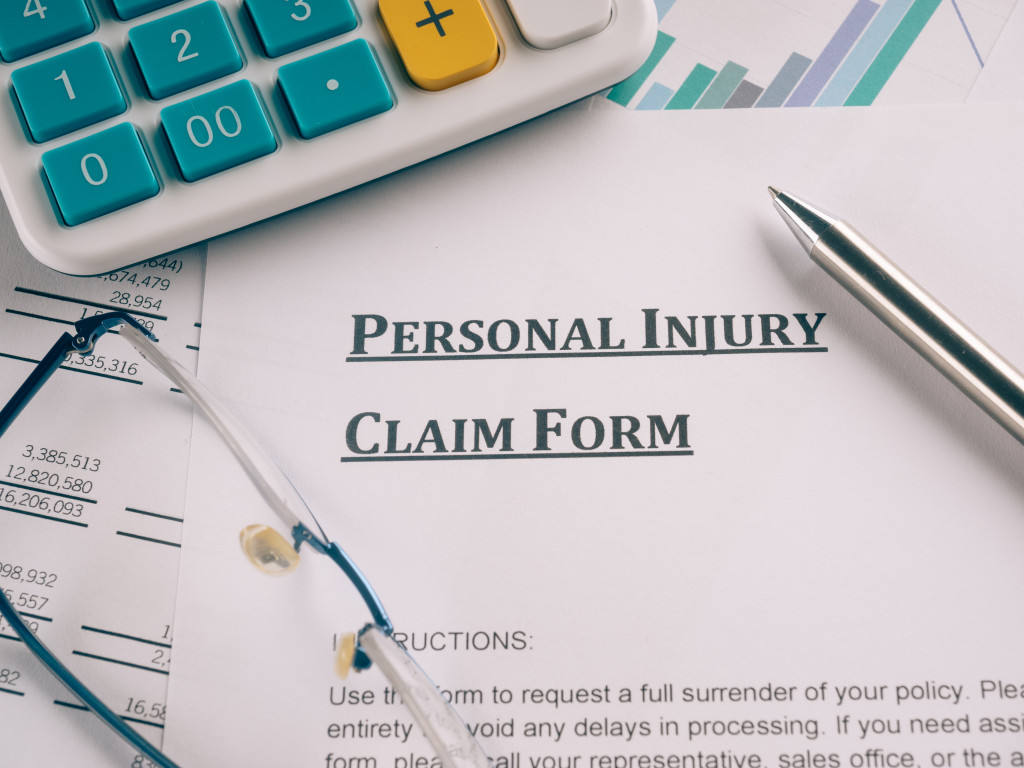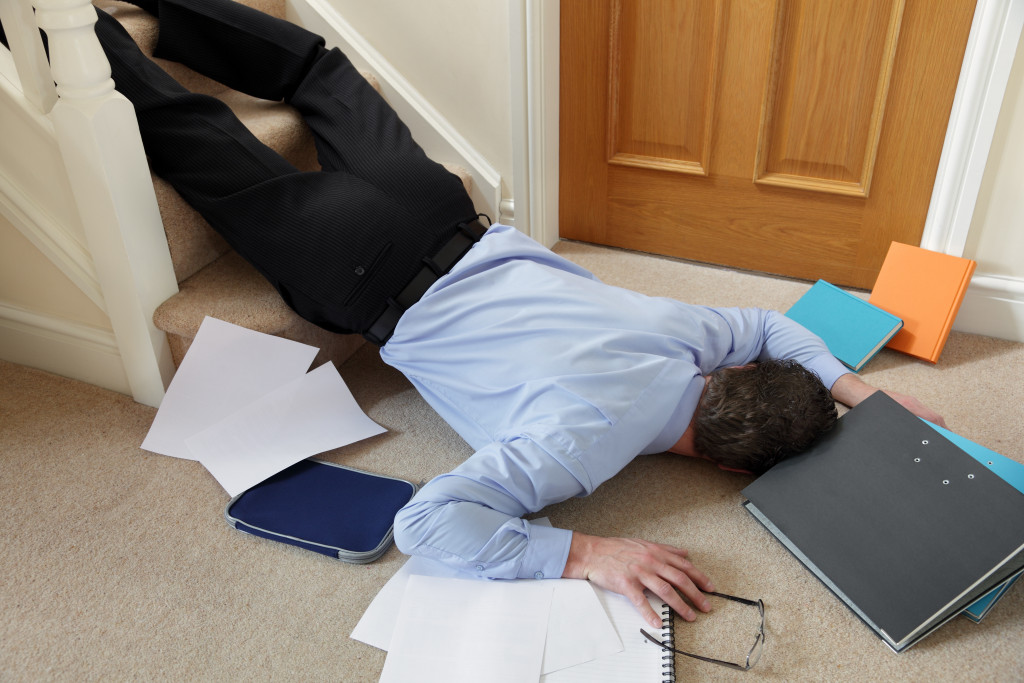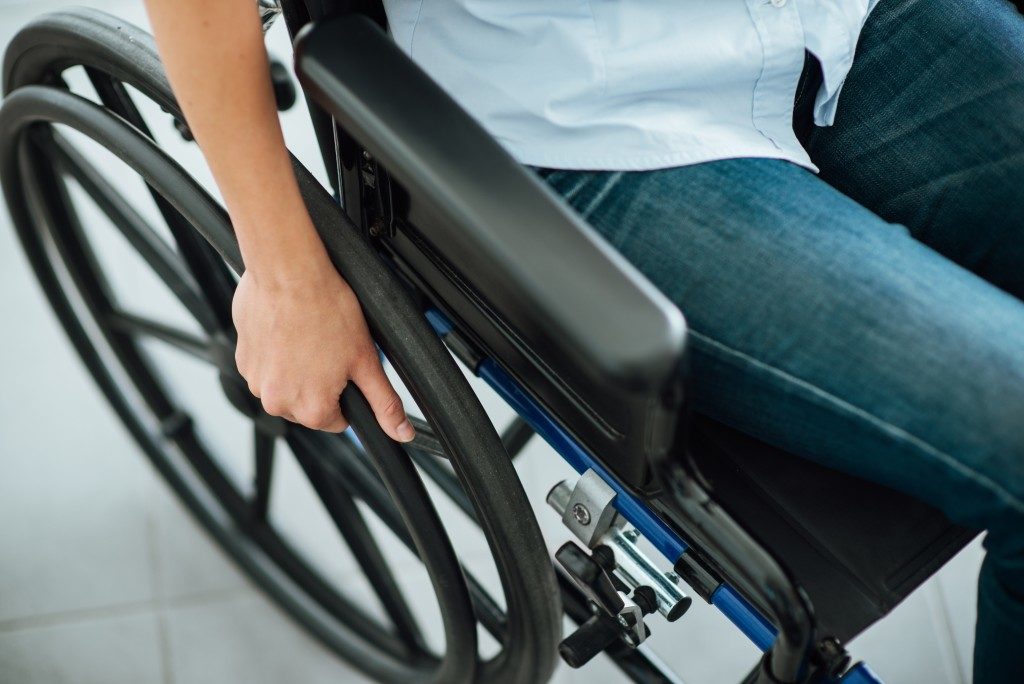Getting injured on a business’ property can either be your own fault or the result of another’s negligence. If the cause of your injury is the latter, then you may be entitled to receive compensation from the business and/or its insurance company. However, proving fault—much less filing a claim—is almost always easier said than done.
With that in mind, it pays (literally) to know what to do after you get injured on business property. Ensuring that you receive proper compensation starts as soon as you sustain an injury, so here are the steps that you should take if ever this situation happens to you:
-
Go to the doctor
If your injuries are serious, go to the hospital as soon as possible or call emergency services. If your injuries are not severe enough to warrant an immediate trip to the hospital, it may be wise to stick around the scene of the accident to gather evidence.
However, you must visit a doctor regardless of the extent of your injuries. Some injuries can take a few days to manifest, and receiving an assessment right after the accident can help ensure that the doctor has a medical record of all your injuries. Otherwise, it can be more difficult to prove your injuries as you did not receive medical treatment right afterward.
-
Gather evidence
If your injuries are not that severe, gather as much evidence as you can on the scene of the accident. Pictures and videos are the best types of concrete evidence in this case. Take pictures of the scene, what caused the accident (e.g., a slippery floor or damaged pavement), and any physical signs of injuries that you may have.
More than that, it’s also a good idea to take down the names of witnesses and their contact numbers, the information of the business, and the date and time of the accident. This way, you can present as much evidence as you can when you eventually file your claim.
-
File a personal injury claim

General liability insurance is mandatory for all businesses. This type of insurance provides coverage for business owners if an individual sustains bodily injury while on the business’ property. You can file a claim with the business’ insurance company and receive compensation for the harm that the business has caused you.
The best time to file a personal injury claim is as soon as possible after you’ve gathered enough documentation on the accident. You can do this yourself, but depending on the situation, it might be better to work with a personal injury lawyer, which brings us to our next point;
-
Contact a lawyer
Many people try to handle their personal injury claims independently, but it does not work out perfectly for everybody. Many insurance companies will try to low-ball the settlement to avoid paying more than they need to, and some might not even pay victims at all. There may also be a case of business owners trying to dissuade the injured person from filing a claim and, instead, handling matters alternatively (which is not the best idea if you want to maximize your compensation).
Whatever the case may be, it is highly advisable to work with a personal injury lawyer, especially if you suspect that the business’ insurance company is acting in bad faith. If your injuries are serious enough to put you out of work or severely impact your health, that is all the more reason to have a lawyer by your side if you need to take things to court.
-
Return to the scene if necessary
Sometimes, you may need to present more evidence to strengthen your personal injury claim. In this case, return to the scene of the accident and take pictures of any evidence or conditions that you believe may have caused or contributed to the incident. Even if you have already photographed the area the first time, you never know if you have missed anything after you sustained your injury.
Returning to the scene of the accident also gives you the chance to take pictures from different angles, as well as pick up any pieces of evidence that you may have failed to take with you on the day of the accident (e.g., torn pieces of clothing, bloody shards of glass, etc.)
Following these steps is imperative to proving fault in a personal injury claim. Furthermore, these can help you maximize the compensation you receive, especially if the accident has caused loss of income, mental distress, and, of course, severe physical injury.



